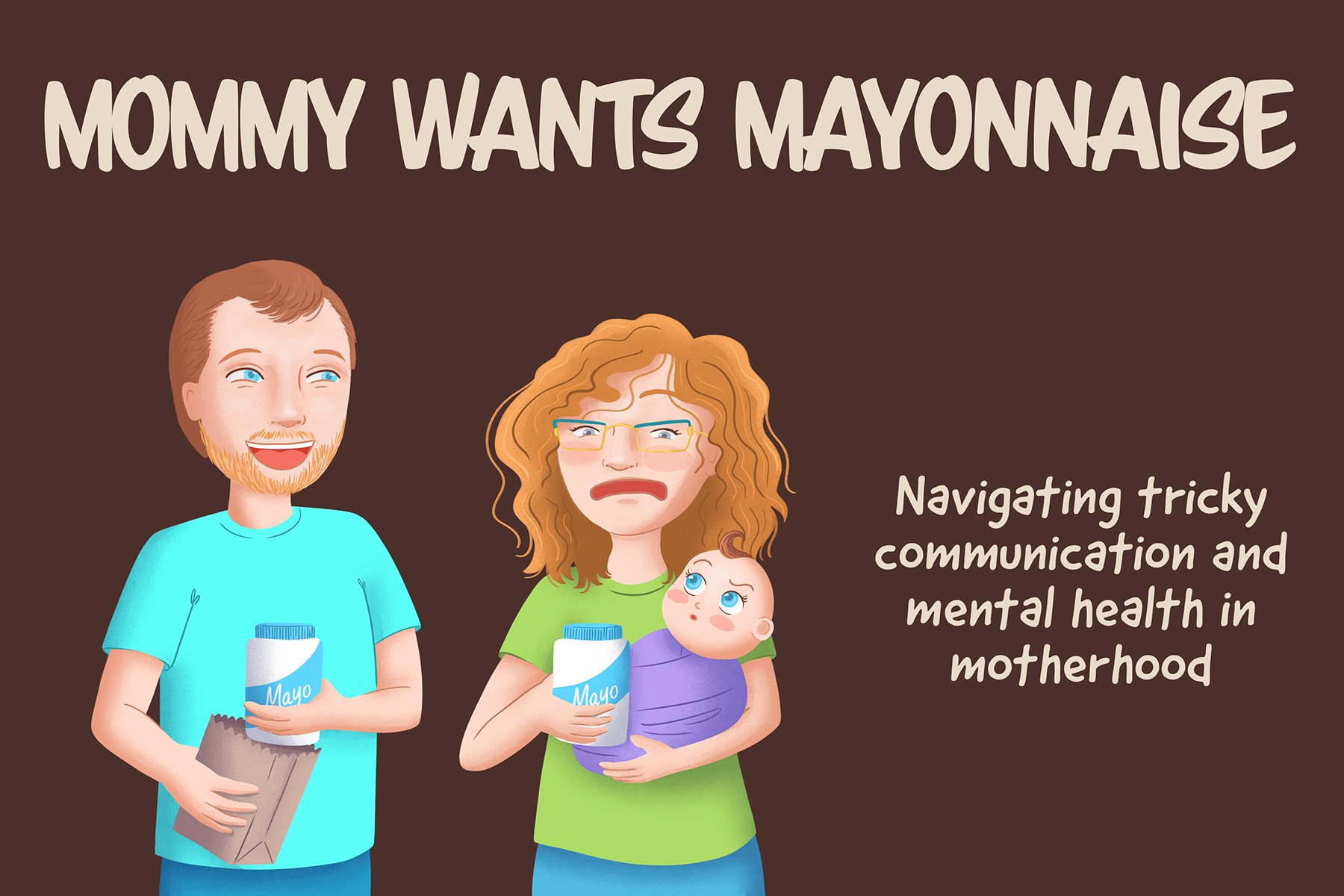Emily is passionate about mental health, Medicaid practices, and her pre-teen daughter. She serves as a consultant to therapy practices taking Medicaid and to folks wanting to build quality substance treatment programs that meet community needs. Although she’s feeling strong mentally and physically these days, she’s suffered from depression on and off in adulthood since college. Then Emily got pregnant and stopped her antidepressant. “It wasn’t contraindicated, but I wanted to be extra cautious.”
Although her pregnancy was labeled geriatric because of her age, Emily reported she felt her healthiest while pregnant, both physically and mentally. She remembers wanting to go with the flow regarding labor and delivery, which was the plan until her daughter decided to come 10 days late. At that point, her doctors scheduled an induction that she felt catapulted her into some postpartum depression and anxiety symptoms. “I remember questioning if I should have had a child. They kept us at the hospital for a few days because my daughter had jaundice. I struggled to breastfeed.”
Emily isn’t the only woman to notice a dramatic shift in mood based on the hormonal changes of postpartum. Because of her history with depression, she felt like she knew more what to look for, even if it took her awhile to seek support. “I didn’t have a therapist or medication provider at the time. That could have made my timeline to getting help look different,” she reflected. Emily noticed depression, anxiety, and being quick to cry as some symptoms that things weren’t right. “I was quick to cry and I’m not a crier.” Amidst balancing being a new mom, she shifted jobs postpartum as well. Unfortunately, her symptoms got worse before they got better.
“My relationship was impacted by my mood.” She realized things weren’t sustainable as they were, even with a schedule change, which resulted in separating from her daughter’s father. “I know now we weren’t compatible.” At the time of the separation, Emily was hard on herself, adding the relationship end to her list of things she didn’t feel she was doing well. Then she got the support she needed to regulate her hormones again.
In the present, Emily holds a lot of compassion for colleagues who are trying to balance work with being a new parent. “All these things that we think we are prepared for, we’re not. Be forgiving of yourself.” She encourages new parents to go with the flow, while also recognizing how hard this is when caring for an infant. Adjusting and embracing parenthood isn’t a perfect science, but Emily wants people to feel hopeful that things will get better. If colleagues find themselves getting stuck in the “shoulds” of parenting or work-life demands, Emily suggests channeling our inner therapists for some added gentleness towards ourselves. “Think of things you would work on with your client. Notice what you would say to them and say those things to yourself.”
Things happen to us as humans, even as we support our clients as professional helpers. Do you have a story you want to share the mental health community? Email us at croswaitecounselingpllc@gmail.com to learn more about the Human in the Helper Series!







































